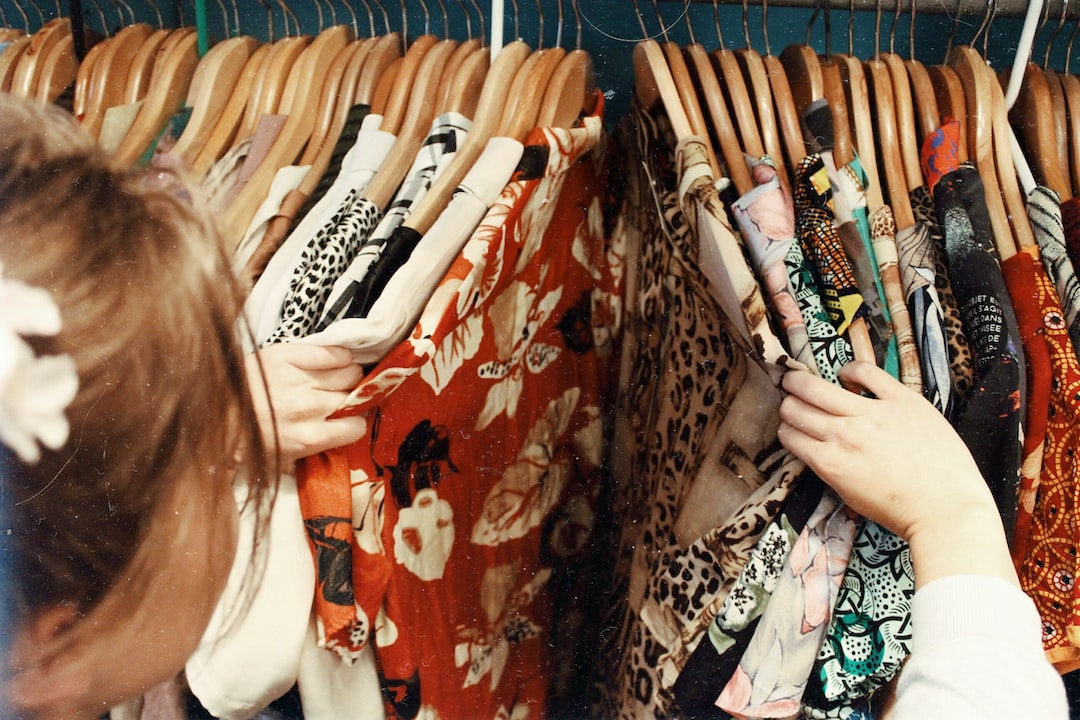Dress for the Occasion: Formal Dress Codes Decoded
In a world where casual attire has become the norm, it can be quite daunting when faced with the prospect of dressing formally for an occasion. With numerous dress codes to decipher, it’s no wonder that many people feel overwhelmed and uncertain about what to wear. However, understanding the basics of formal dress codes can alleviate this stress and help you effortlessly navigate any event with style and confidence.
Let’s begin with the most formal dress code: White Tie. Reserved for ultra-formal affairs, such as state dinners or opera premieres, this dress code demands the utmost elegance and sophistication. Gentlemen are expected to wear a black tailcoat, matching trousers, a white shirt, a white waistcoat, and a white bow tie. Ladies should opt for floor-length evening gowns, preferably in darker colors, and complete the look with glamorous accessories.
Moving down the formality ladder, we encounter the Black Tie dress code. This standard is commonly seen at weddings, galas, and upscale events. For men, a black tuxedo jacket, formal trousers, a white shirt, and a black bow tie are essential. To level up the ensemble, consider accessorizing with a cummerbund or waistcoat. Women have a wider range of options, including floor-length gowns, cocktail dresses, or modern pant suits. Embrace your personal style while ensuring the attire is elegant and sophisticated.
A step below Black Tie is the Black Tie Optional dress code. As the name suggests, this dress code leaves room for flexibility. Men can choose between a tuxedo or a dark suit, accompanied by a tie or a bow tie. For women, dress options expand to include formal cocktail dresses and elegant separates. The key is to opt for polished and refined pieces that align with the occasion’s formality while incorporating your personal style.
Slightly less formal is the Cocktail dress code, which often appears on invitations for evening events, dinner parties, or business gatherings. Men should opt for a dark suit paired with a crisp shirt and a tie. Women can choose to wear a cocktail dress—a versatile option that falls just above the knee—or coordinate an elegant blouse with a skirt or tailored pants. Accessorize with statement jewelry or a bold handbag to elevate your look.
For events that don’t explicitly specify a dress code, it’s best to play it safe and stick to what is commonly known as Business Formal or Business Attire. Men should opt for a formal suit—a traditional dark suit with either a matching tie or a conservative patterned tie. Women can choose to wear a pantsuit or a tailored skirt and blouse ensemble. Neutral colors and classic silhouettes are your best bet for a professional yet polished aesthetic.
To conclude our journey through formal dress codes, we have the Casual Formal attire. This dress code is often seen at daytime weddings, garden parties, or business lunches. Men can dress down a bit, wearing a blazer or a sports jacket paired with dress trousers or chinos. Combine it with a button-down shirt and a tie for a polished touch. Women have the freedom to choose between a sundress, a skirt with a blouse, or nicely tailored pants paired with a dressy top. Opt for colors and prints that reflect the occasion’s ambiance—pastels, florals, and lighter fabrics are all great choices.
When faced with a formal dress code, remember that it’s an opportunity to showcase your style, respect the occasion, and feel confident in your appearance. By familiarizing yourself with the various dress codes and understanding their expectations, you can effortlessly navigate any event with grace and elegance, leaving a lasting impression on everyone you encounter. So, next time you receive that invitation with a dress code, don’t panic—dress for the occasion and let your personality shine through.


